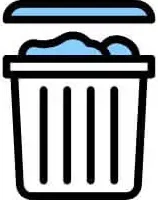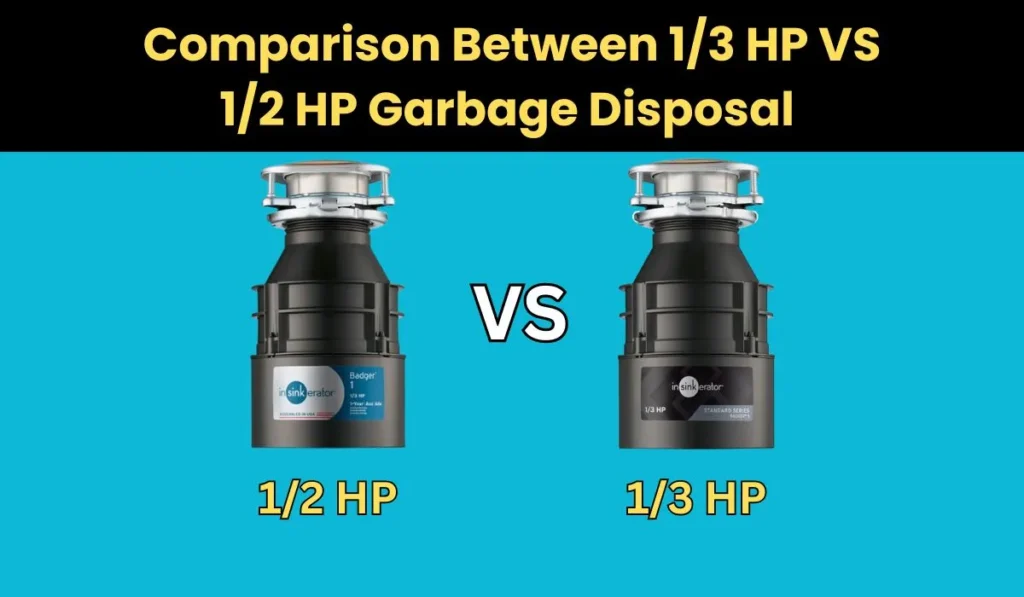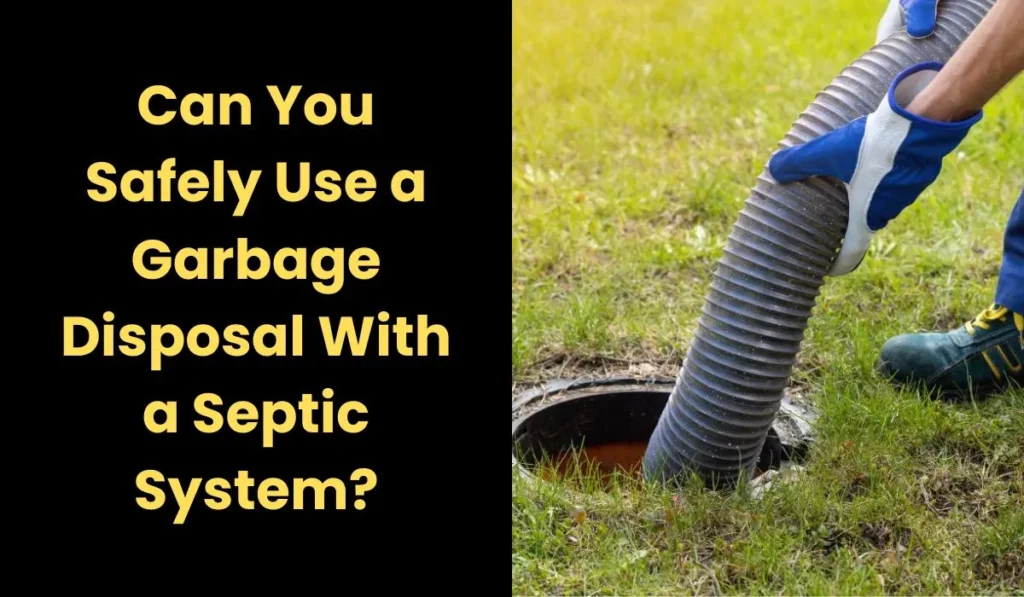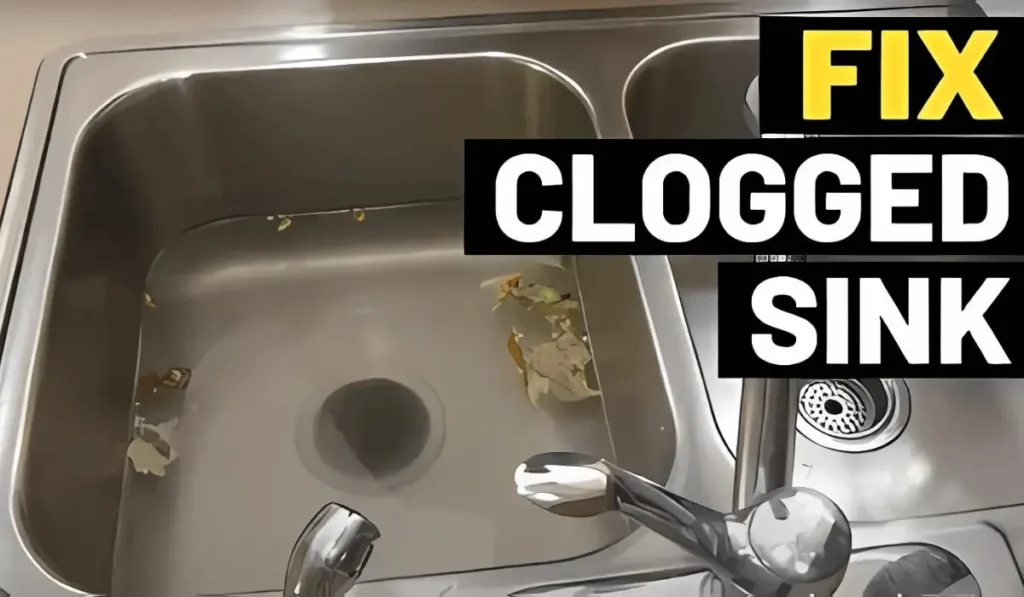Can You Put Lettuce & Cabbage Down A Garbage Disposal?
We’ve all been there—cleaning up after dinner and wondering if we can just toss those leftover vegetable scraps into the garbage disposal. But is it really that simple? When it comes to leafy greens like lettuce and cabbage, the answer isn’t so clear-cut.
Knowing what’s safe to put in your garbage disposal is important, not just for the appliance but for your plumbing too. Tossing the wrong things in can lead to clogs, damage to the motor, and even expensive plumbing repairs. So, before you throw those leftovers down the drain, it’s good to understand how your disposal works and which food scraps should be avoided.
Understanding Garbage Disposal Systems
What Is a Garbage Disposal?
A garbage disposal is a helpful kitchen tool that makes cleaning up after meals much easier. It’s installed under your sink and grinds up food waste into small pieces, allowing it to be flushed away through your pipes. The motor inside the disposal powers blades or impellers that chop up food so it can easily pass through the plumbing. This helps reduce waste in landfills and makes kitchen clean-ups quick and simple.
Different Types of Garbage Disposals
There are two main types of garbage disposals you’ll find in homes:
Continuous Feed: This is the most common type. You can keep adding food waste while the disposal is running. Just flip the switch, and it grinds everything down as you add it.
Batch Feed: This type is a bit different. You need to put the food waste into a sealed chamber before turning it on. It’s considered safer because the disposal only activates when the chamber is sealed, which helps prevent accidents.
For a complete understanding of Garbage Disposals, we have a complete informative guides that you can read:
What is a Garbage Disposal? The Ultimate Guide
A Detailed Guide On Garbage Disposal Parts
Can You Put Lettuce & Cabbage in a Garbage Disposal?
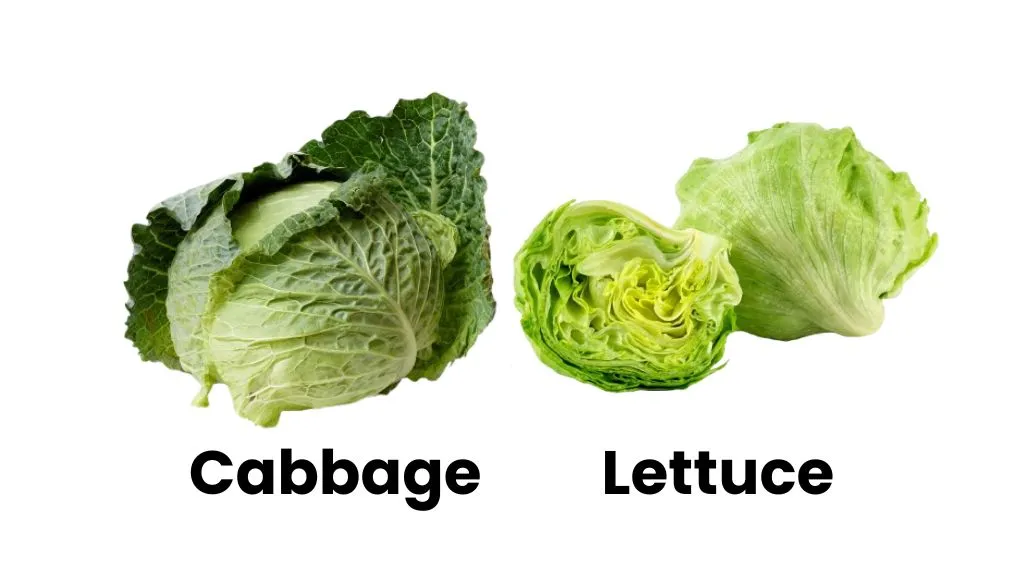
You can put a small amount of lettuce and cabbage in a garbage disposal, like a few pieces from a plate. However, you should avoid putting large amounts in, as it can cause jams and clogs.
The Truth About Lettuce & Cabbage in Garbage Disposals
It might seem easy to toss leftover lettuce or cabbage into the garbage disposal, but doing so can cause problems. Both lettuce and cabbage have a lot of water and tough, fibrous textures, making them tricky for garbage disposals to handle.
Lettuce, which is mostly water, can break down into mush that turns into a sticky mess, clogging up the disposal. Cabbage, on the other hand, has long, stringy fibers that can get tangled around the blades. This can stop the blades from spinning properly and strain the motor, putting extra pressure on the entire system.
If you throw these vegetables in too often or in large amounts, it can lead to damage and expensive repairs. While small amounts of lettuce might not seem like a big deal, it’s better to be cautious.
Further Reading:
15 Things You Should Not Put Down Your Garbage Disposal
Alternatives to Disposing Lettuce & Cabbage in Your Garbage Disposal
Eco-Friendly Disposal Options
If you want to avoid putting lettuce and cabbage in your garbage disposal, composting is a great eco-friendly choice. Composting helps reduce waste and gives you nutrient-rich soil for your garden. Lettuce and cabbage scraps break down easily in compost, adding organic matter without causing harm to your plumbing.
To compost these vegetable scraps, just add them to your compost bin with other organic waste like fruit peels, coffee grounds, and eggshells. Over time, they’ll decompose and improve your soil.
Disposing of Lettuce & Cabbage in the Trash
If composting isn’t an option, throwing lettuce and cabbage scraps in the trash is the next best choice. While it’s not as great as composting, it’s still better than putting them down the disposal. To avoid mess and smells, wrap the scraps in a paper towel or place them in a small compostable bag before throwing them away.
Conclusion
To conclude, you should avoid throwing lettuce and cabbage down your garbage disposal. Because of their fibrous texture and high water content, both of these vegetables can cause clogs, damage the blades, and put additional strain on your disposal.
Consider composting or throwing these food scraps in the trash instead. Whenever you use your disposal, make sure to use small amounts, run lots of water, and avoid fibrous or starchy foods.
The next time you are cleaning up, think before you toss your leftovers. Keep your garbage disposal running smoothly for a long time by following these simple tips.
FAQ’s
The Author

I’m Muhammad Nabeel Dar, an employee in waste management and the owner of Garbage Waste Disposal with more than four years of experience helping people to control waste and garbage disposals are the best tools to control it. Read more
